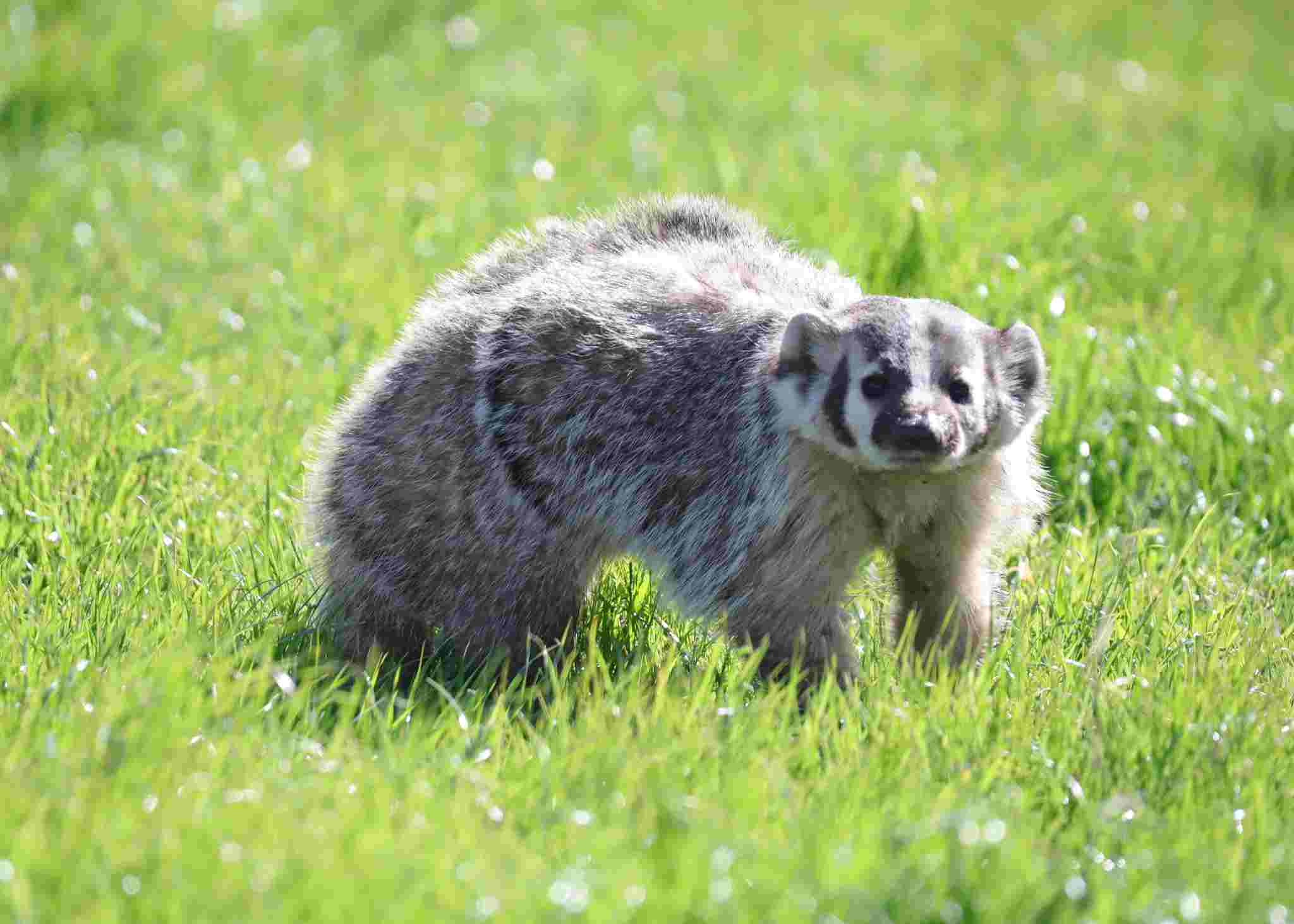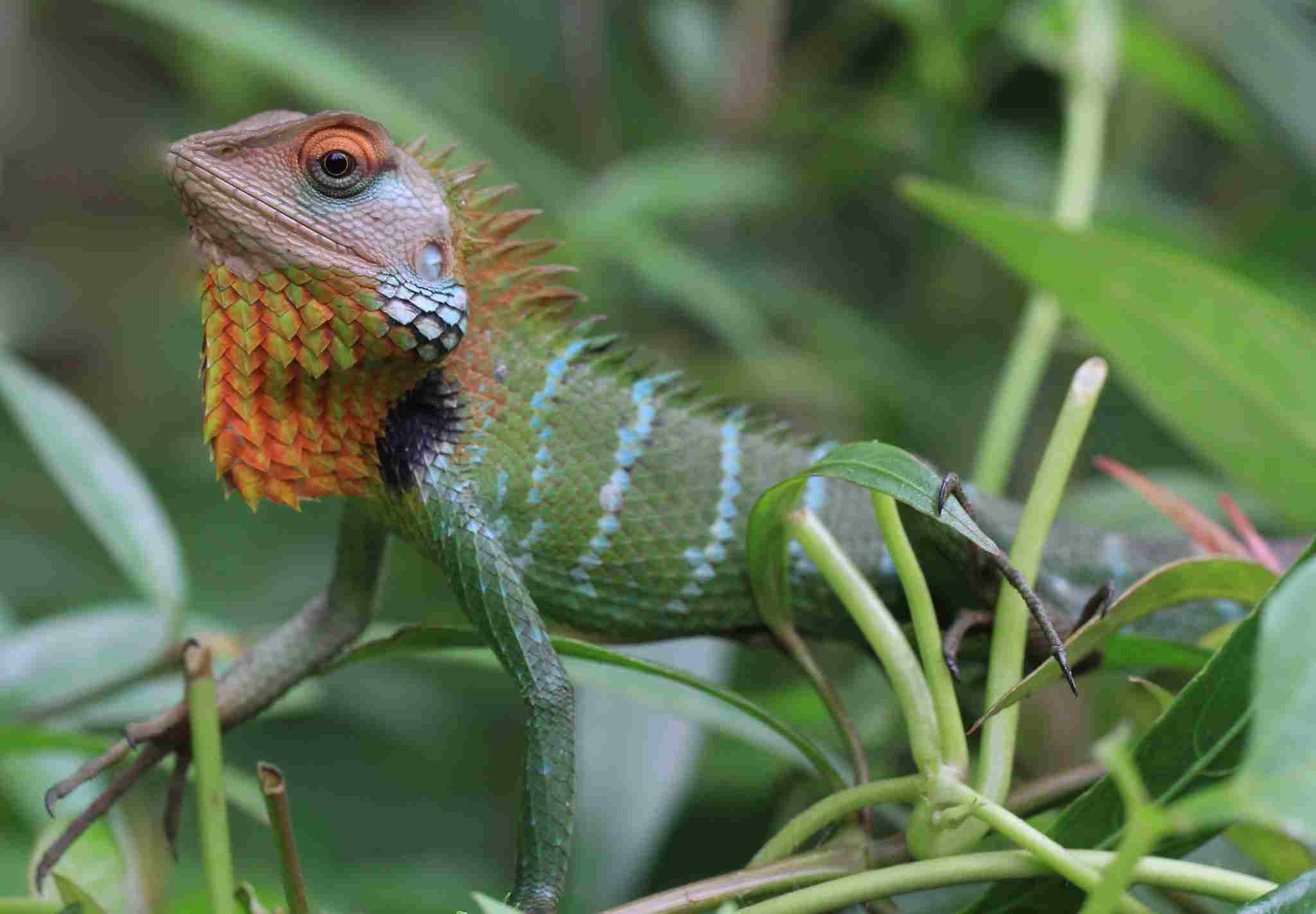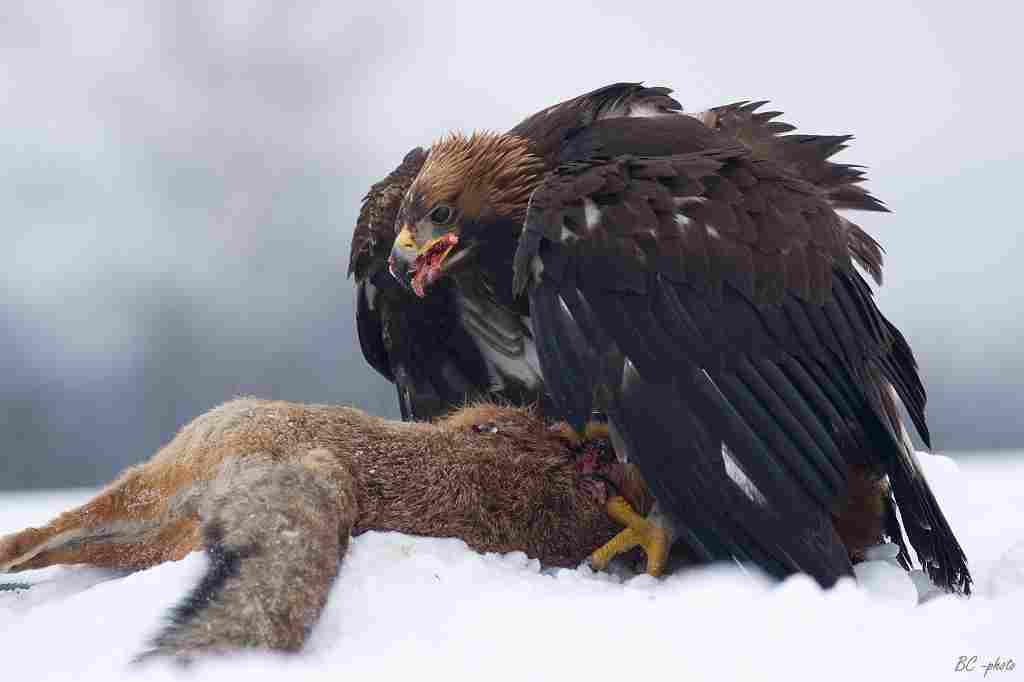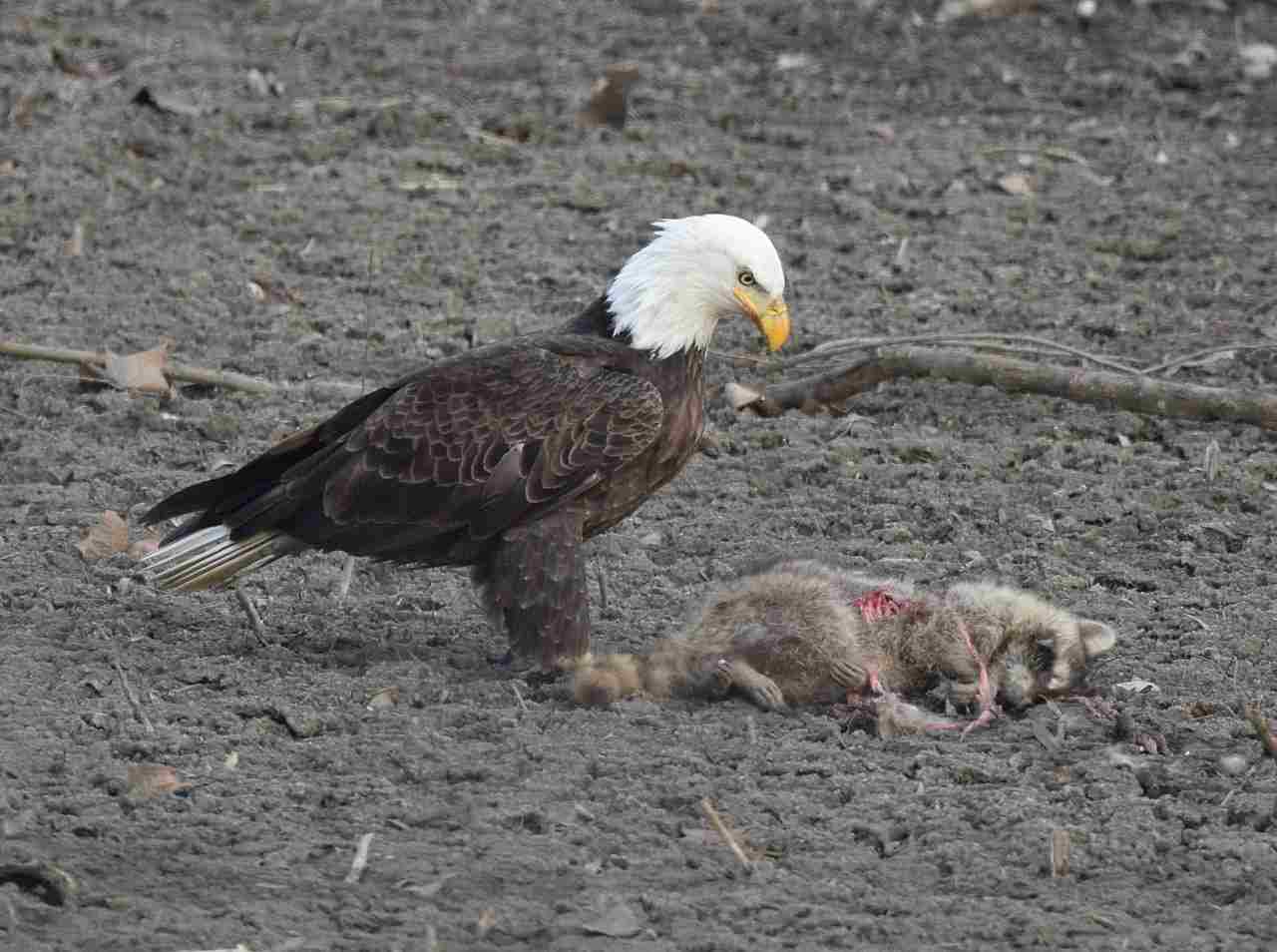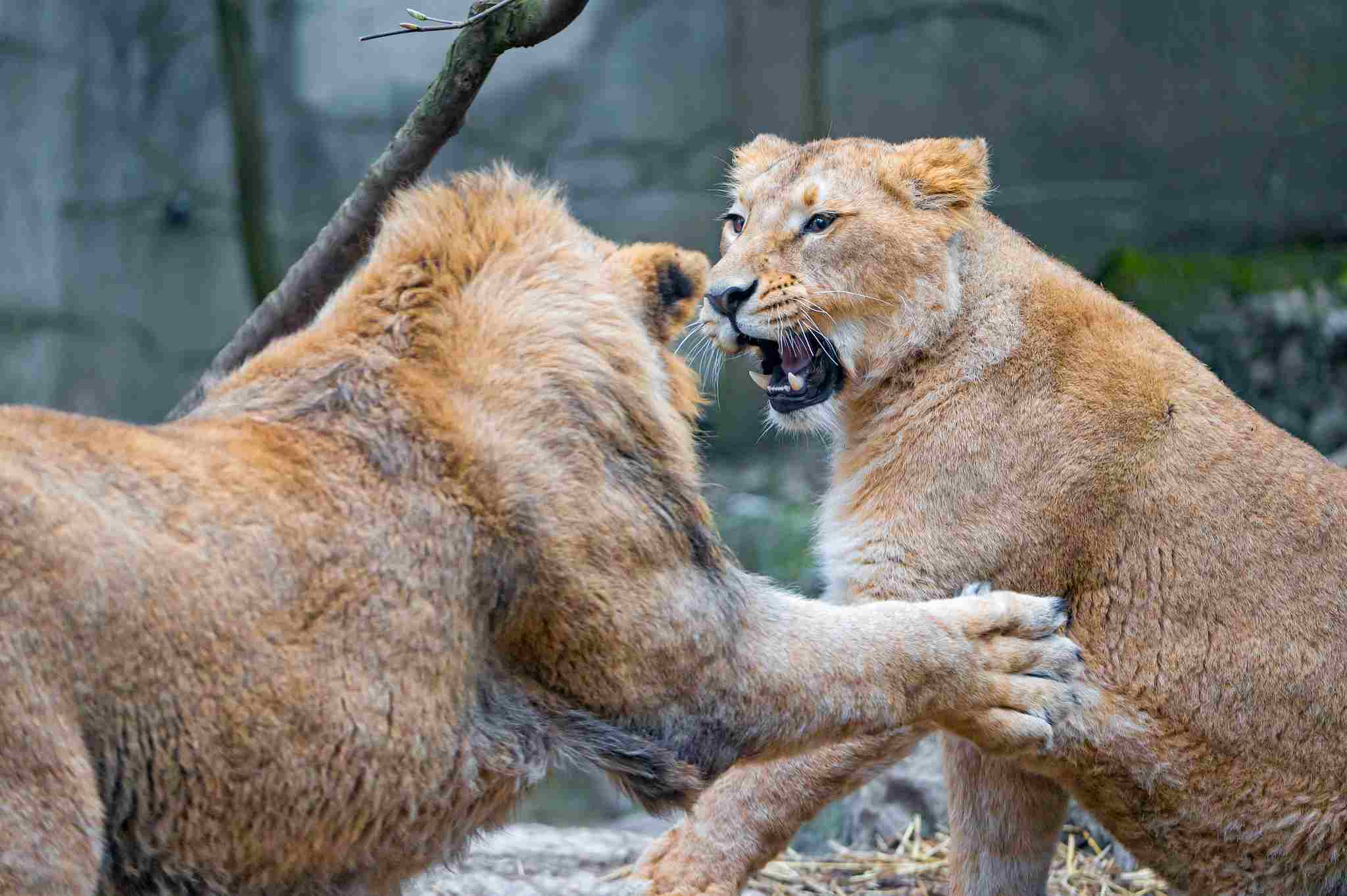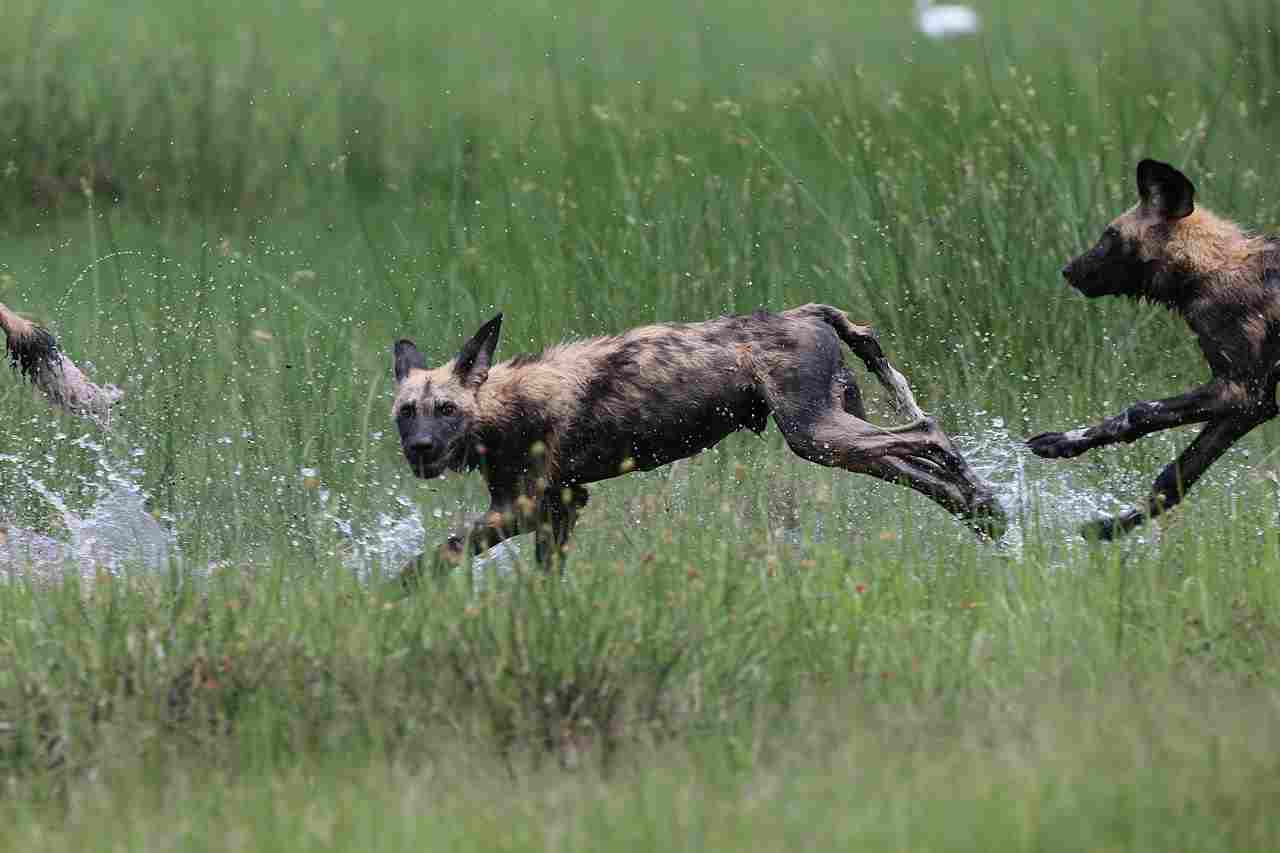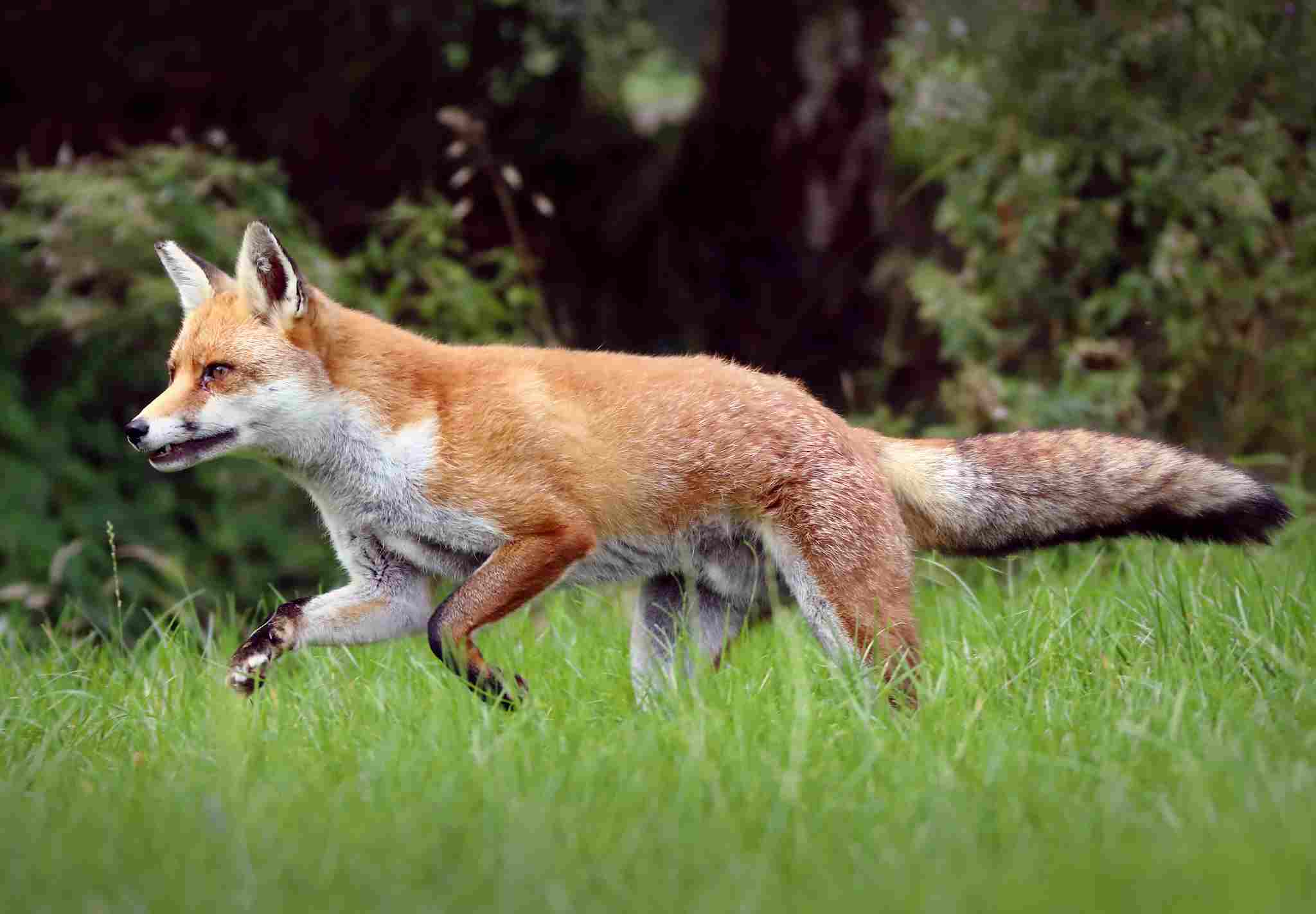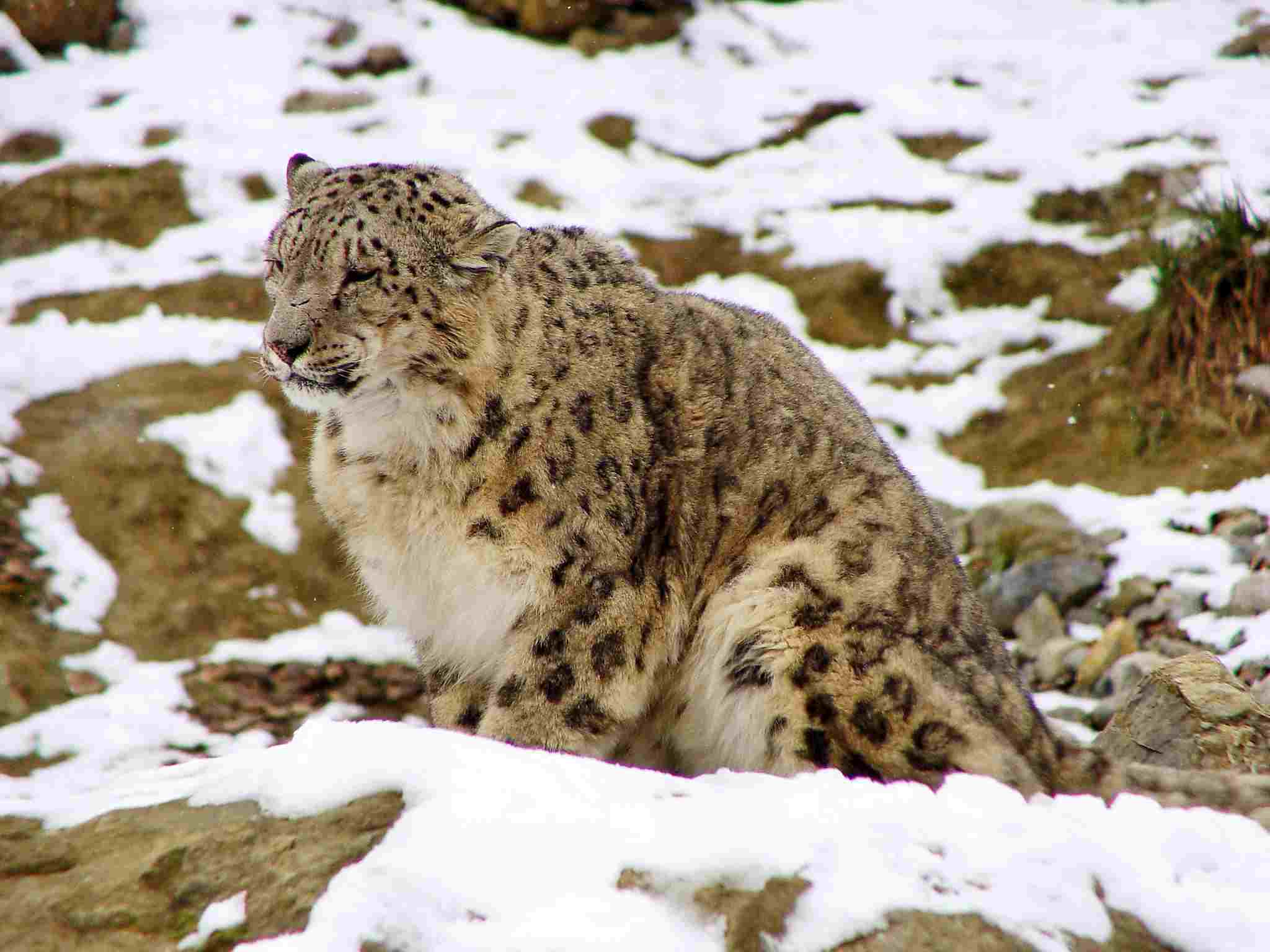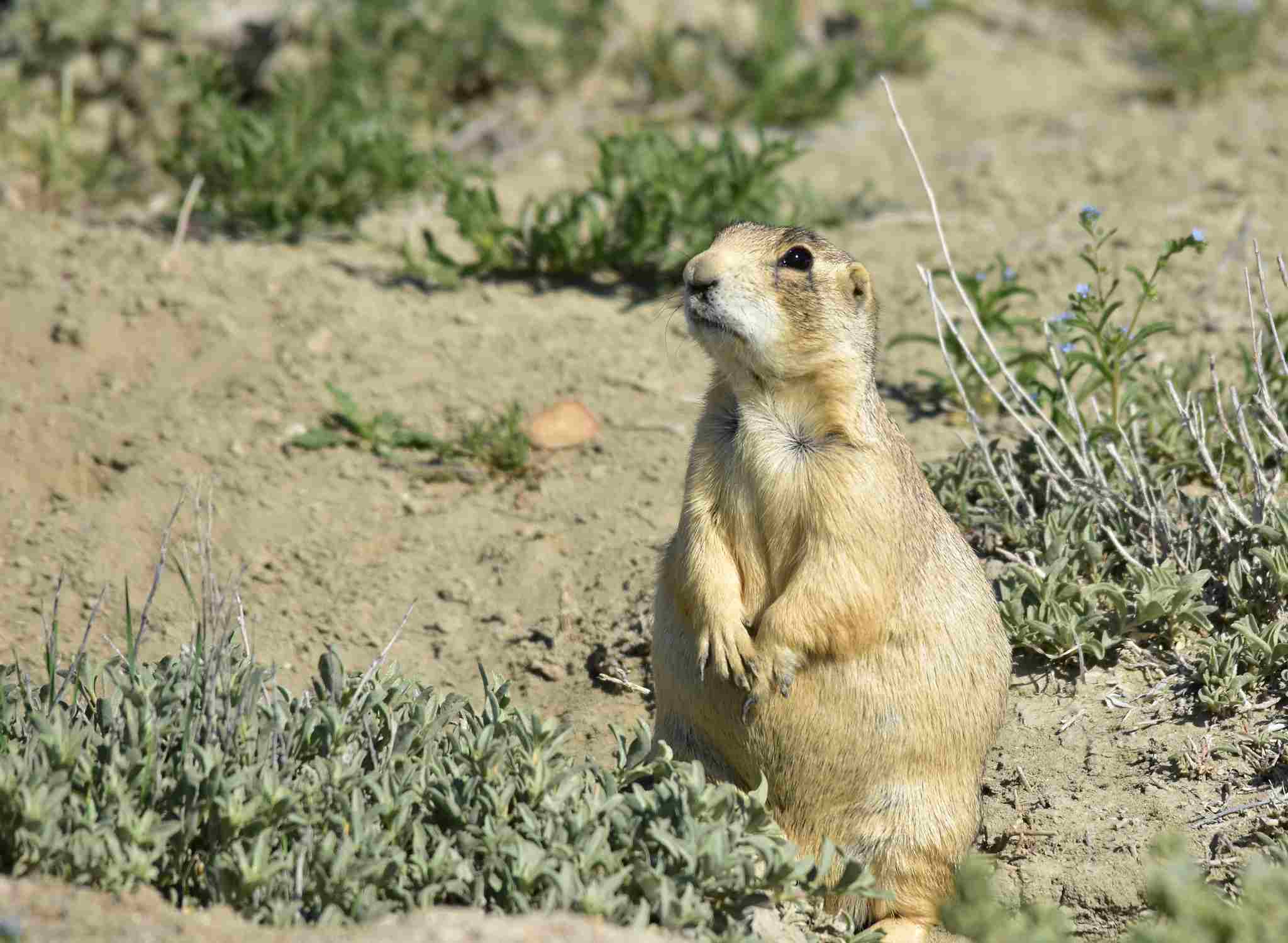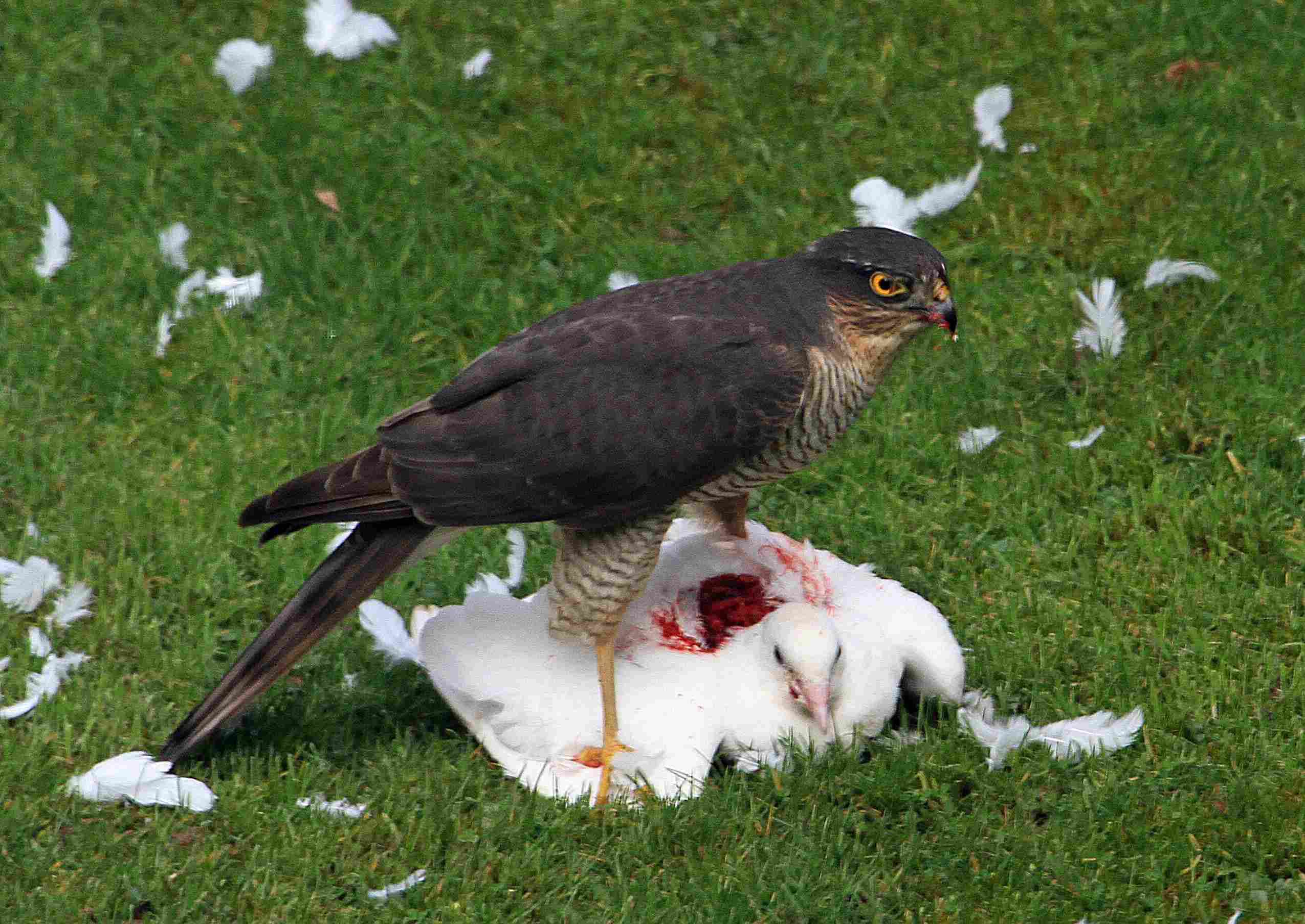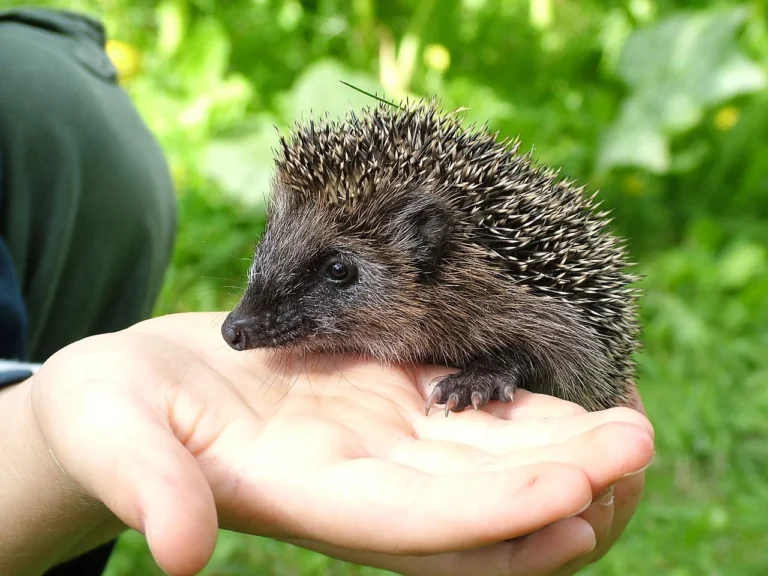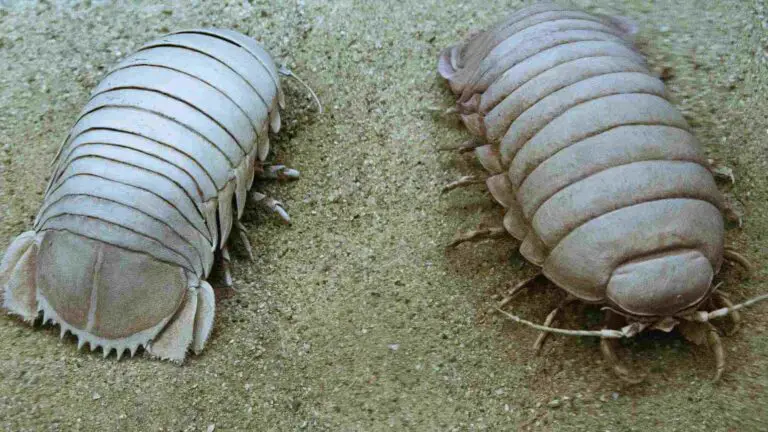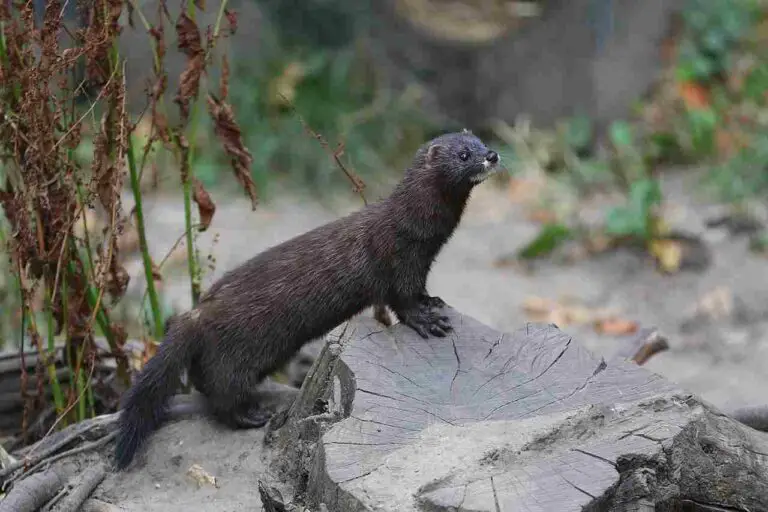11+ Carnivores in Grasslands and Their Characteristics
Carnivores in grasslands include a diverse array of predators, each playing a vital role in ecosystem dynamics. They encompass iconic species like lions, African wild dogs, leopards, hyenas, and foxes, along with lesser-known but equally important carnivores such as badgers, snakes, hawks, eagles, lizards, frogs, and more. These carnivores contribute to controlling herbivore populations, regulating prey species, and maintaining ecological balance in grassland habitats. However, they face threats such as habitat loss, human-wildlife conflict, and poaching, highlighting the need for comprehensive conservation efforts to ensure their survival and the health of grassland ecosystems.
1. Lion
The lion, scientifically known as Panthera leo, reigns as the apex predator of the grasslands, showcasing strength, agility, and strategic prowess. These majestic creatures, often referred to as the “king of the jungle,” actually dominate vast savannahs and open grasslands rather than dense forests. Lions boast a social structure characterized by prides, comprised of related females and their offspring, along with a coalition of males.
In the grasslands, lions play a vital role in regulating herbivore populations, such as zebras, wildebeests, and antelopes, ensuring ecological balance. Their hunting strategy involves stealth and teamwork, with females typically taking charge in coordinated ambushes, while males contribute their strength to secure kills. Their distinctive roars resonate across the plains, signaling territorial boundaries and asserting dominance.
Despite their fearsome reputation, lions face numerous threats, including habitat loss, human-wildlife conflict, and poaching. Conservation efforts are crucial to safeguarding these iconic carnivores and preserving the biodiversity of grassland ecosystems. Through awareness, research, and habitat protection, we can continue to admire and coexist with these magnificent creatures for generations to come.
2. African Wild Dog
The African wild dog, scientifically known as Lycaon pictus, roams the grasslands with a distinctively spotted coat and a highly social lifestyle. These canines, also known as painted wolves, thrive in open habitats where they hunt cooperatively in packs. Their hunting strategy involves strategic coordination, stamina, and speed, making them formidable predators on the plains.
African wild dogs primarily prey on small to medium-sized ungulates like gazelles, impalas, and wildebeests. Their pack structure ensures efficient hunting, with individuals working together to pursue, chase, and bring down prey. Despite their hunting prowess, these canines face numerous threats, including habitat loss, human persecution, and disease transmission from domestic dogs.
Conservation efforts are vital to protecting African wild dogs and the grassland ecosystems they inhabit. By promoting coexistence with local communities, mitigating human-wildlife conflict, and preserving critical habitats, we can secure a future for these charismatic carnivores in the African savannahs.
3. Leopard
The leopard, scientifically known as Panthera pardus, prowls the grasslands with stealth and grace, showcasing remarkable adaptability and hunting prowess. These solitary felines, known for their rosette-patterned coats, thrive in a variety of habitats, including savannahs, woodlands, and even mountainous regions.
In the grasslands, leopards hunt a diverse range of prey, including antelopes, gazelles, and smaller mammals like rodents and monkeys. Their solitary nature and cryptic hunting techniques make them elusive and effective predators, capable of ambushing prey from trees or stalking them through tall grass.
Despite their adaptability, leopards face threats such as habitat loss, poaching for their fur and body parts, and human-wildlife conflict. Conservation efforts focused on habitat protection, anti-poaching measures, and community-based conservation initiatives are essential for ensuring the survival of these iconic carnivores in grassland ecosystems.
4. Hyena
The hyena, known for its distinctive laughter-like vocalizations, is a prominent carnivore in grassland ecosystems, playing a crucial role as both scavenger and predator. Scientifically known as Crocuta crocuta, these social carnivores inhabit a wide range of habitats, including grasslands, savannahs, and scrublands, where they form hierarchical clans led by dominant females.
In the grasslands, hyenas have earned a reputation as skilled scavengers, often competing with other predators for carcasses left behind by larger carnivores like lions. However, they are also proficient hunters, preying on a variety of animals, including ungulates, smaller mammals, and even reptiles.
Despite their adaptability, hyenas face threats such as habitat loss, persecution by humans, and conflict with livestock owners. Conservation efforts focused on habitat preservation, reducing human-wildlife conflict, and combating poaching are essential for ensuring the long-term survival of hyenas and maintaining the ecological balance of grassland ecosystems.
5. Badger
The badger, a stout-bodied carnivore known for its distinctive black-and-white facial markings, is a lesser-known but important inhabitant of grassland habitats. Scientifically known as Meles meles, badgers are primarily nocturnal creatures, spending their days in underground burrows known as setts, which they excavate in grassy areas.
In grasslands, badgers primarily prey on small mammals like rabbits, mice, and ground squirrels, using their powerful claws and jaws to dig for burrow-dwelling prey. They also consume insects, fruits, and occasionally carrion when available.
Despite their elusive nature, badgers face threats such as habitat loss, road mortality, and persecution by humans, particularly in areas where they are considered agricultural pests. Conservation efforts aimed at protecting grassland habitats, mitigating human-badger conflict, and raising awareness about the importance of these carnivores in ecosystem dynamics are crucial for ensuring their survival in the wild.
6. Snake
Snakes are fascinating carnivores that play a vital role in grassland ecosystems as both predators and prey. Found in a variety of habitats within grasslands, from open plains to dense vegetation, snakes are adept hunters, relying on stealth, camouflage, and venom to capture their prey.
In grasslands, snakes prey on a variety of animals, including rodents, birds, amphibians, and even other snakes. They employ various hunting techniques, such as ambush predation, constriction, and venomous strikes, depending on their species and the size of their prey.
Despite their importance in controlling pest populations and maintaining ecosystem balance, snakes face numerous threats, including habitat loss, persecution by humans, and indiscriminate killing out of fear or misunderstanding. Conservation efforts focused on habitat preservation, public education, and responsible management of human-snake interactions are essential for ensuring the survival of these fascinating carnivores in grassland habitats.
7. Wolf
Wolves, iconic carnivores of the grasslands, are highly social predators known for their cooperative hunting strategies and complex pack dynamics. Scientifically known as Canis lupus, these apex predators once roamed vast expanses of grasslands and plains in large numbers, playing a crucial role in shaping ecosystems through their predatory behavior.
In grasslands, wolf packs typically target large ungulates such as deer, elk, and bison, using teamwork, communication, and endurance to pursue and bring down their prey. Their presence helps regulate herbivore populations, preventing overgrazing and promoting ecosystem health.
Despite their ecological importance, wolves face numerous threats, including habitat loss, human-wildlife conflict, and persecution by humans. Conservation efforts aimed at restoring and protecting wolf habitat, mitigating conflicts with livestock owners, and promoting coexistence between wolves and local communities are essential for ensuring the survival of these majestic carnivores in grassland ecosystems.
8. Fox
Foxes are adaptable carnivores found in grassland ecosystems worldwide, renowned for their cunning nature and bushy tails. Scientifically known as Vulpes vulpes, these small to medium-sized predators thrive in a variety of habitats within grasslands, including meadows, farmland, and open plains.
In grasslands, foxes have a diverse diet, preying on small mammals like rabbits, rodents, and ground-dwelling birds. They are also opportunistic scavengers, feeding on carrion, insects, fruits, and occasionally raiding poultry farms for easy meals.
Despite their adaptability, foxes face threats such as habitat loss, persecution by humans, and predation by larger carnivores like wolves and coyotes. Conservation efforts focused on habitat preservation, reducing human-wildlife conflict, and implementing sustainable management practices are crucial for ensuring the long-term survival of foxes in grassland ecosystems.
9. Hawk
Hawks, agile raptors known for their keen eyesight and aerial hunting prowess, are prominent carnivores in grassland habitats, where they play a crucial role in controlling rodent populations and maintaining ecosystem balance. Scientifically known as Accipiter spp., hawks encompass a diverse group of species adapted to various grassland environments worldwide.
In grasslands, hawks hunt a variety of prey, including rodents, small birds, reptiles, and insects, using their sharp talons and hooked beaks to capture and kill their quarry. They are skilled aerial hunters, soaring high above the grasslands in search of prey and executing swift, precise strikes.
Despite their importance in pest control and ecosystem health, hawks face threats such as habitat loss, pesticide poisoning, and collisions with man-made structures like power lines and wind turbines. Conservation efforts focused on habitat preservation, reducing pesticide use, and implementing measures to minimize human-wildlife conflict are essential for ensuring the survival of hawks in grassland ecosystems.
10. Eagle
Eagles, majestic raptors known for their powerful talons and keen eyesight, are apex predators of the grasslands, playing a crucial role in regulating populations of small mammals and birds. Scientifically known as Accipitridae, eagles encompass a diverse group of species adapted to various grassland environments worldwide.
In grasslands, eagles hunt a variety of prey, including rodents, rabbits, snakes, and small birds, using their aerial agility and keen vision to spot and capture prey from great heights. They are skilled hunters, capable of executing precise dives and strikes to immobilize their quarry with their sharp talons.
Despite their importance in controlling pest populations and maintaining ecosystem balance, eagles face threats such as habitat loss, persecution by humans, and accidental poisoning from ingesting poisoned prey. Conservation efforts focused on habitat preservation, reducing human-wildlife conflict, and implementing measures to mitigate pesticide use are essential for ensuring the survival of eagles in grassland ecosystems.
11. Lizard
Lizards, diverse reptiles known for their scaly skin and elongated bodies, are important carnivores in grassland ecosystems, preying on insects, small mammals, and other invertebrates. Found in a variety of habitats within grasslands, from open plains to rocky outcrops, lizards play a crucial role in controlling insect populations and serving as prey for larger predators.
In grasslands, lizards employ various hunting techniques, including ambush predation, pursuit hunting, and scavenging, depending on their species and the availability of prey. They are ectothermic creatures, relying on external sources of heat to regulate their body temperature and remain active throughout the day.
Despite their ecological importance, lizards face threats such as habitat loss, predation by invasive species, and climate change-induced shifts in habitat suitability. Conservation efforts focused on habitat preservation, invasive species management, and climate change mitigation are essential for ensuring the survival of lizards in grassland ecosystems.
12. Frog
Frogs, amphibians known for their moist skin and distinctive calls, are important carnivores in grassland ecosystems, feeding on insects, small invertebrates, and even smaller frogs. Found in a variety of habitats within grasslands, including ponds, wetlands, and grassy meadows, frogs play a crucial role in controlling insect populations and serving as prey for larger predators.
In grasslands, frogs are primarily nocturnal hunters, using their sticky tongues to capture prey with lightning-fast strikes. They are also highly sensitive to environmental changes, making them valuable indicators of ecosystem health and water quality.
Despite their ecological importance, frogs face threats such as habitat loss, pollution, climate change, and disease outbreaks. Conservation efforts focused on habitat preservation, water quality management, and disease prevention are essential for ensuring the survival of frogs in grassland ecosystems.
*Summary
Lion:
Apex predator, vital for regulating herbivore populations.
Social structure in prides, with coordinated hunting.
Threats: habitat loss, human-wildlife conflict, poaching.
African Wild Dog:
Highly social, cooperative hunting in packs.
Prey on small to medium-sized ungulates.
Threats: habitat loss, human persecution, disease transmission.
Leopard:
Solitary hunters with diverse prey range.
Adaptability in various grassland habitats.
Threats: habitat loss, poaching, human-wildlife conflict.
Hyena:
Social scavengers and hunters.
Compete for carcasses, prey on a variety of animals.
Threats: habitat loss, human persecution, conflict with livestock owners.
Badger:
Nocturnal burrowers, prey on small mammals.
Threats: habitat loss, road mortality, persecution as agricultural pests.
Snake:
Predators and prey, diverse hunting techniques.
Threats: habitat loss, persecution, human misunderstanding.
Wolf:
Highly social, cooperative hunters targeting large ungulates.
Regulate herbivore populations, essential for ecosystem health.
Threats: habitat loss, human-wildlife conflict, persecution.
Fox:
Adaptable carnivores, prey on small mammals and scavengers.
Threats: habitat loss, persecution, predation by larger carnivores.
Hawk:
Aerial hunters, control rodent populations.
Threats: habitat loss, pesticide poisoning, collisions with man-made structures.
Eagle:
Apex predators, hunt from great heights.
Threats: habitat loss, persecution, accidental poisoning.
Lizard:
Prey on insects, small mammals, and invertebrates.
Threats: habitat loss, predation by invasive species, climate change.
Frog:
Control insect populations, indicators of ecosystem health.
Threats: habitat loss, pollution, climate change, disease outbreaks.
| Carnivores | Summary |
| Lion |
Apex predator, vital for regulating herbivore populations. Social structure in prides, with coordinated hunting. Threats: habitat loss, human-wildlife conflict, poaching.
|
| African Wild Dog |
Highly social, cooperative hunting in packs. Prey on small to medium-sized ungulates. Threats: habitat loss, human persecution, disease transmission.
|
| Leopard |
Solitary hunters with diverse prey range. Adaptability in various grassland habitats. Threats: habitat loss, poaching, human-wildlife conflict.
|
| Hyena |
Social scavengers and hunters. Compete for carcasses, prey on a variety of animals. Threats: habitat loss, human persecution, conflict with livestock owners.
|
| Badger |
Nocturnal burrowers, prey on small mammals. Threats: habitat loss, road mortality, persecution as agricultural pests.
|
| Snake |
Predators and prey, diverse hunting techniques. Threats: habitat loss, persecution, human misunderstanding.
|
| Wolf |
Highly social, cooperative hunters targeting large ungulates. Regulate herbivore populations, essential for ecosystem health. Threats: habitat loss, human-wildlife conflict, persecution.
|
| Fox |
Adaptable carnivores, prey on small mammals and scavengers. Threats: habitat loss, persecution, predation by larger carnivores.
|
| Hawk |
Aerial hunters, control rodent populations. Threats: habitat loss, pesticide poisoning, collisions with man-made structures.
|
| Eagle |
Apex predators, hunt from great heights. Threats: habitat loss, persecution, accidental poisoning.
|
| Lizard |
Prey on insects, small mammals, and invertebrates. Threats: habitat loss, predation by invasive species, climate change.
|
| Frog |
Control insect populations, indicators of ecosystem health. Threats: habitat loss, pollution, climate change, disease outbreaks.
|
FAQs about Grassland Carnivores
Q: What is the role of carnivores in grassland ecosystems? A: Carnivores in grasslands play a crucial role in regulating herbivore populations, controlling prey species, and maintaining ecosystem balance. They also contribute to nutrient cycling and help prevent overgrazing.
Q: How do carnivores adapt to life in grasslands? A: Carnivores adapt to grassland habitats by developing specialized hunting techniques, camouflage, and social structures. Some species, like African wild dogs, hunt cooperatively in packs, while others, like leopards, rely on solitary ambush predation.
Q: What are the main threats to carnivores in grassland ecosystems? A: The main threats to carnivores in grasslands include habitat loss and fragmentation due to human activities such as agriculture and urbanization, human-wildlife conflict, poaching, and climate change.
Q: How can we mitigate human-wildlife conflict in grassland areas? A: Mitigating human-wildlife conflict involves strategies such as implementing livestock protection measures, establishing wildlife corridors to reduce habitat fragmentation, and promoting community-based conservation initiatives that provide incentives for coexisting with carnivores.
Q: What conservation efforts are being made to protect grassland carnivores? A: Conservation efforts for grassland carnivores include habitat preservation, reintroduction programs for endangered species, anti-poaching measures, public education and awareness campaigns, and sustainable management practices that promote coexistence between carnivores and local communities.
